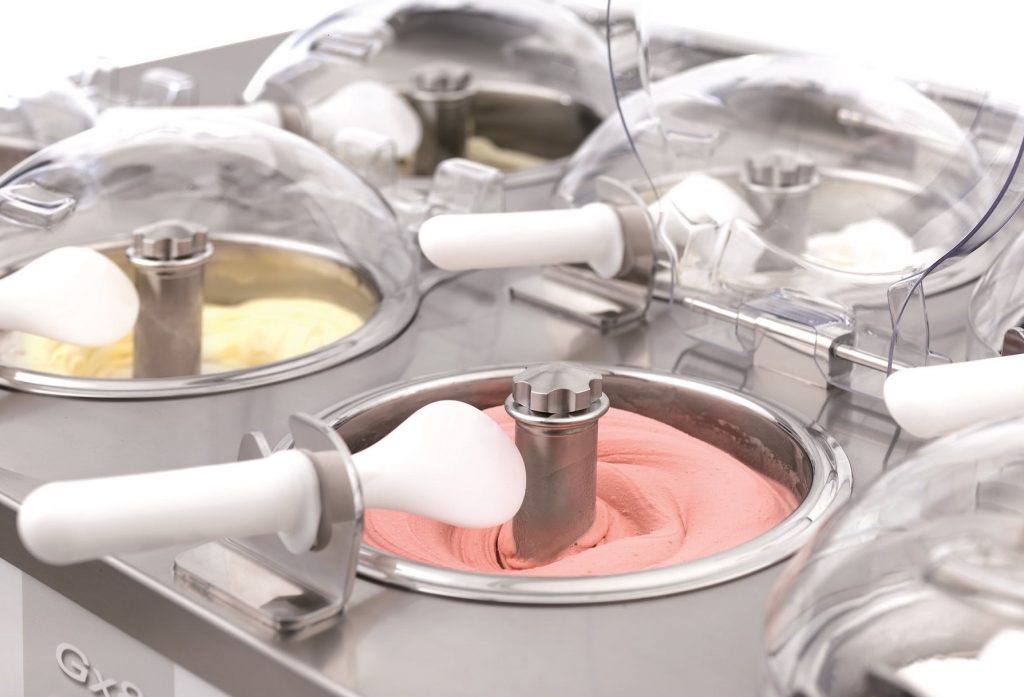Gelato – the posh way to say ice cream, right?
Wrong! Ice cream isn’t JUST ice cream!
Everywhere we go these days, there seems to be a new café or coffee shop opening and ice cream parlours & Gelateria’s are capitalising on the new casual dining trend which is becoming an ever increasing presence on the high street.
Whether it’s Ben & Jerry’s at the local cinema or the family owned ice cream parlour which has been around longer that you have; there’s never been more choice when it comes to frozen desserts. But what is the difference between ice cream and gelato?
Let’s start with a basic definition…
Gelato is the Italian word for ice cream, derived from the Latin word “gelātus” meaning frozen.
Ice cream is a frozen dessert usually made from dairy products, such as milk and cream and often combined with fruits or other ingredients and flavours.
That’s cleared it up now hasn’t it?
In a nutshell, gelato is a word which covers all things frozen ranging from non-dairy fruit gelato (what we in the UK would tend to call sorbet) all the way through to high fat content ice creams and custards. Whereas ice cream has to for fill a far more specific criteria, most importantly the fat content must exceed 10% butterfat for it to be called ice cream.
 To explain the differences in more detail, I will stick to comparing dairy based ice cream and gelato:
To explain the differences in more detail, I will stick to comparing dairy based ice cream and gelato:
-
Gelato has less fat than ice cream. Ice cream is normally heavy on the cream and has a fat content of at least 10 percent, gelato uses more milk than cream, and generally uses less egg yolks — if any. The lower fat gelato doesn’t coat the inside of your mouth as much as regular ice creams, allowing the flavours to come through much more.
-
Gelato tends to have a higher sugar content of between 18-23%, where ice cream is typically 13-16%. As a result, gelato tends to be sweeter on the tongue potentially giving a more intense taste.
-
Ice creams are churned faster and harder than gelato. Ice creams typically increase in volume by at least 35 and up to 90 percent overrun – air whipped into the product during freezing. This makes them a little fluffier. Gelato is churned at a much slower pace, keeping it dense and sometimes more flavourful. Frigomat batch freezers create a finished product with a typical overrun of 25-30%.
-
The temperature at which the two are served is different too. Ice cream is best served around minus 18⁰C. If gelato were served at that temperature if would be way too hard, and would lose that elastic texture we love. Gelato is normally served at around minus 14⁰C – warmer than ice cream. If ice cream were served at the same temperature as gelato, it would melt and become way too soupy.









 To explain the differences in more detail, I will stick to comparing dairy based ice cream and gelato:
To explain the differences in more detail, I will stick to comparing dairy based ice cream and gelato:



